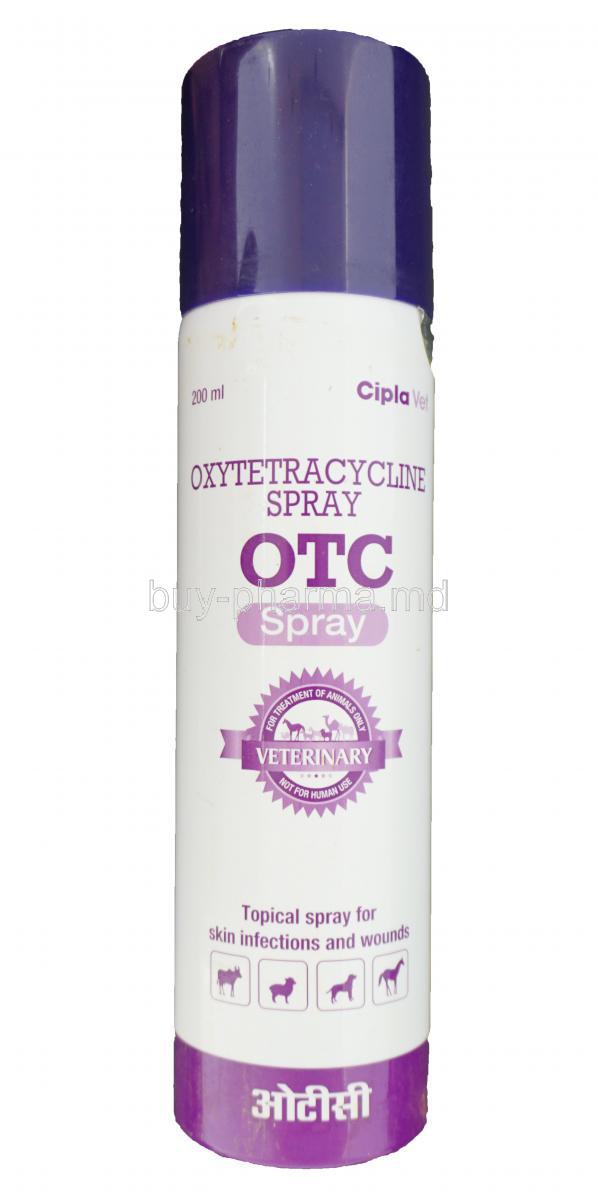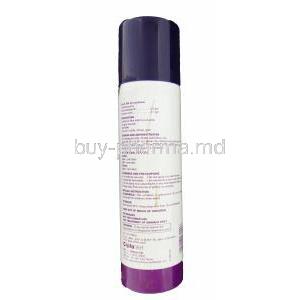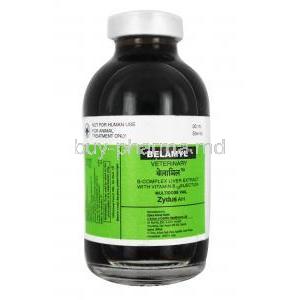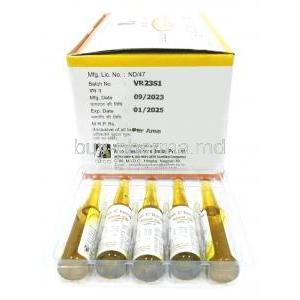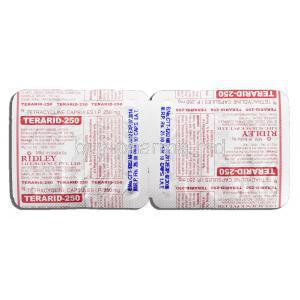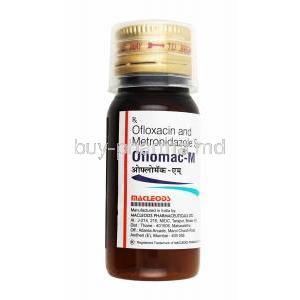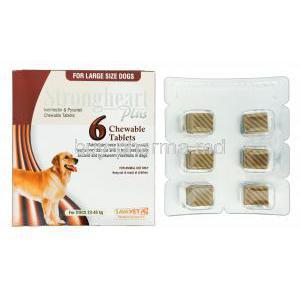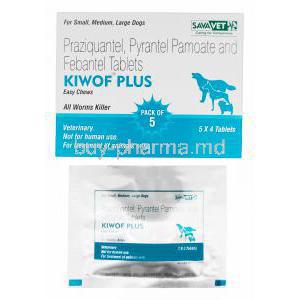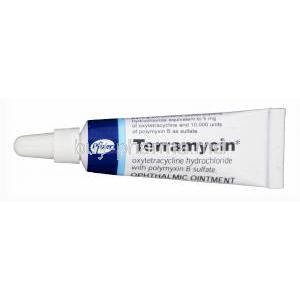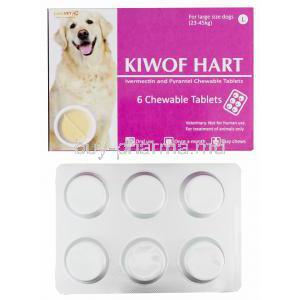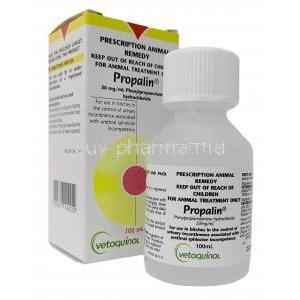Introduction to OTC Spray
Over-the-counter (OTC) sprays are readily available therapeutic preparations designed for swift relief and localized treatment. They bypass the need for a prescription, offering convenience to consumers who seek immediate intervention. These sprays come in diverse categories, each tailored to specific health concerns and symptomatic relief.
- Pain relief sprays for muscular tension and inflammation
- Nasal sprays for congestion and allergic rhinitis
- Throat sprays for irritation and infection
- Wound care sprays for antisepsis and healing
- Antifungal sprays for dermatological conditions
- Antihistamine sprays for allergic manifestations
The benefits are multifold—precise application, rapid onset of action, and reduced systemic exposure compared to oral agents. This makes OTC sprays an indispensable option in modern self-care regimens.
Composition and Active Ingredients
The formulation of OTC sprays depends largely on their intended purpose. Commonly included pharmacologically active constituents are:
- Analgesics for musculoskeletal discomfort
- Antihistamines for allergic flare-ups
- Corticosteroids for inflammation
- Antifungals for mycotic infections
- Antiseptics for microbial control
Alongside these, inactive excipients such as stabilizers, solvents, and preservatives maintain stability and prolong shelf life. Formulation nuances, including aerosolized versus pump-action sprays, influence dispersion and absorption.
How OTC Spray Works
The mechanism of action is highly dependent on the therapeutic class. Analgesic sprays dull nociceptors to relieve pain, while antihistamines block histamine receptors to alleviate allergic responses. Antifungal sprays disrupt fungal cell membranes, decongestants shrink nasal blood vessels, and antiseptics eradicate pathogenic microbes.
Sprays act locally, minimizing systemic involvement, with benefits such as:
- Targeted delivery at the site of concern
- Swift absorption and action onset
- Variable duration of efficacy depending on formulation
Approved Uses of OTC Spray
Pain Relief and Anti-inflammatory Uses
Pain relief sprays are employed for conditions like muscle strains, joint stiffness, sprains, and athletic injuries. Their cooling or warming effect enhances circulation and reduces discomfort.
Respiratory and Nasal Uses
Nasal decongestant sprays address colds, sinusitis, and allergic rhinitis by shrinking inflamed mucosa. Saline sprays, in contrast, hydrate and cleanse nasal passages without pharmacological activity.
Dermatological and Wound Care Uses
Antiseptic sprays disinfect minor cuts, burns, and abrasions, while antifungal sprays mitigate athlete’s foot, ringworm, and similar dermal afflictions.
Oral and Throat Uses
Throat sprays relieve irritation, hoarseness, and inflammation. Oral antiseptic sprays prevent bacterial colonization in gum and mouth infections.
Allergy Relief Uses
Antihistamine sprays mitigate sneezing, itching, and rhinorrhea associated with hay fever and allergic rhinitis.
Off-Label Uses of OTC Spray
Although not always officially indicated, OTC sprays are sometimes utilized beyond their labeled applications:
- Preventive application against minor dermal infections
- Soothing of insect bites
- Disinfection in travel settings
- Nasal formulations occasionally for migraine symptom relief
Dosage and Administration
General Guidelines for Proper Use
Dosage varies, but general advice includes adhering to recommended frequency, avoiding overuse, and discontinuing once symptoms resolve. Therapy should be stopped if irritation worsens or persists beyond a week.
Administration by Spray Type
- Nasal sprays: Shake gently, prime nozzle, insert upright, inhale gently while spraying.
- Throat sprays: Direct toward the back of the throat, avoid swallowing immediately.
- Topical skin sprays: Cleanse the area before application, spray evenly, allow to dry.
- Pain-relief sprays: Apply directly over affected muscles or joints, avoid excessive layering.
Side Effects of OTC Spray
Common Side Effects
- Localized irritation or redness
- Burning or stinging sensations
- Dryness in nasal or throat mucosa
Less Common but Possible Side Effects
- Allergic manifestations such as urticaria or swelling
- Headache or transient dizziness (especially nasal decongestants)
- Systemic absorption leading to mild nausea or gastrointestinal unease
Warnings and Contraindications
Certain populations should avoid specific OTC sprays. Contraindications include hypersensitivity to active components, chronic conditions such as uncontrolled hypertension in nasal decongestant users, and contraindications linked to steroids, antifungals, or anesthetic components. Vigilance in patient selection is essential.
Important Precautions and Careful Administration
Responsible use reduces risks and enhances efficacy:
- Avoid chronic or excessive use to prevent rebound congestion with nasal sprays
- Do not apply sprays to deep lacerations or large burns without medical advice
- Exercise caution in individuals with asthma, cardiovascular conditions, or immunocompromised states
- Avoid contact with eyes unless the spray is specifically ophthalmic
Administration in Special Populations
Elderly Patients
Older adults often exhibit heightened sensitivity to pharmacological agents due to age-related physiological changes. Even seemingly benign OTC sprays can induce amplified responses in this group. Caution is imperative to minimize risks.
- Dosage adjustments may be required to mitigate excessive systemic absorption.
- Polypharmacy is common among the elderly, increasing the likelihood of pharmacodynamic and pharmacokinetic interactions.
- Monitoring for atypical adverse events, such as dizziness or sudden blood pressure fluctuations, is recommended.
Vigilant oversight ensures safety while maintaining therapeutic efficacy.
Pregnant Women and Nursing Mothers
The physiological state of pregnancy alters absorption, distribution, and metabolism of many medications. OTC sprays, though locally applied, may pose systemic risks if absorbed into circulation.
- Potential fetal exposure warrants caution, particularly with decongestant and corticosteroid sprays.
- Lactating mothers should avoid ingredients that may be secreted into breast milk, such as certain antihistamines or anesthetic compounds.
- Non-pharmacological alternatives, such as saline sprays for nasal congestion, are generally preferred for safety.
In cases of necessity, consultation with a healthcare provider is indispensable to balance maternal comfort with fetal or neonatal safety.
Children and Adolescents
Younger populations present unique considerations, as their metabolic capacity and drug sensitivity differ significantly from adults. Incorrect usage of sprays can lead to disproportionate adverse effects.
- Age restrictions exist for many formulations, with decongestant sprays often not advised for children under six.
- Caregivers should ensure appropriate dosing, typically smaller and less frequent than adult regimens.
- Parental supervision is critical to avoid misuse or accidental ingestion.
Proper education on usage and adherence to pediatric guidelines are essential safeguards.
Drug Interactions of OTC Spray
Despite their over-the-counter availability, sprays can interact with prescription medicines and lifestyle factors. Overlapping pharmacological effects may inadvertently heighten toxicity.
- Antihypertensive drugs may be antagonized by decongestant sprays that elevate blood pressure.
- Antidepressants, particularly MAO inhibitors, can interact dangerously with sympathomimetic nasal sprays.
- Concurrent use with anticoagulants may increase bleeding risks if sprays contain anesthetic or anti-inflammatory components.
- Alcohol and tobacco can amplify mucosal irritation when combined with throat or nasal sprays, reducing therapeutic efficacy.
Awareness of these interactions reduces iatrogenic complications.
Overdosage and Emergency Management
Excessive or accidental intake of OTC sprays, though uncommon, can produce serious consequences. Symptoms vary but often reflect systemic involvement.
- Respiratory distress or difficulty in breathing
- Profound drowsiness or confusion
- Systemic toxicity including nausea, vomiting, or cardiac irregularities
Immediate steps should be taken:
- Discontinue the spray at once.
- Seek urgent medical attention if symptoms escalate.
- For children and elderly individuals, thresholds for toxicity are lower, necessitating prompt professional care.
Early intervention is vital to prevent severe outcomes.
Storage and Handling Precautions
Proper storage and handling preserve the potency and safety of OTC sprays. Neglecting these measures may render them ineffective or hazardous.
- Maintain at controlled room temperature, away from direct heat and sunlight.
- Observe shelf life; sprays lose efficacy and sterility after their expiration date or once opened beyond recommended duration.
- Dispose of empty or expired containers responsibly, preferably through pharmacy take-back programs.
- Clean spray nozzles regularly to prevent microbial contamination and ensure consistent dosing.
These precautions safeguard product integrity and reduce risks associated with contamination or misuse.
OTC Spray FAQ
- What is OTC spray?
- What is OTC spray for animals used for?
- What is oxytetracycline HCI used for?
- What is the difference between oxytetracycline and oxytetracycline hydrochloride?
- Is oxytetracycline a good antibiotic?
- What are the side effects of oxytetracycline?
- How quickly does oxytetracycline work?
- What to avoid when taking oxytetracycline?
- How long does oxytetracycline stay in your system?
- Can I take amoxicillin and oxytetracycline together?
- Does oxytetracycline make you tired?
- Is oxytetracycline a steroid?
- Does oxytetracycline affect eyesight?
- Does oxytetracycline heal wounds?
- What are oxytetracycline side effects?
- Does oxytetracycline make you gain weight?
- What is the function of oxytetracycline hydrochloride?
- Does oxytetracycline affect the liver?
- Is oxytetracycline FDA approved?
- What are the side effects of oxytetracycline?
What is OTC spray?
The OTC Spray is designed to provide relief from allergy symptoms, like hay fever and breathing difficulties. It's also used to treat nasal congestion, runny noses, and persistent sneezing. By reducing inflammation and limiting the production of histamine in the nasal passages, the spray helps to alleviate these symptoms.
What is OTC spray for animals used for?
OTC spray is used to treat infections caused by bacteria that are sensitive to oxytetracycline.
What is oxytetracycline HCI used for?
Oxytetracycline is an antibiotic that's often prescribed for infections, in the lungs like pneumonia, as well as for urinary tract, skin, and soft tissue infections.
What is the difference between oxytetracycline and oxytetracycline hydrochloride?
Oxytetracycline dihydrate doesn't dissolve easily in water. In contrast, the Oxytetracycline hydrochloride version of oxytetracycline dissolves a bit readily, reaching a concentration of around 6.9 milligrams per milliliter when mixed with water.
Is oxytetracycline a good antibiotic?
Oxytetracycline is a type of antibiotic that's effective against a lot of infections, which is why it's often referred to as a broad-spectrum antibiotic.
What are the side effects of oxytetracycline?
- Diarrhea
- Vomiting
- Loss of appetite
- Sunlight sensitivity
- Stomach aches
How quickly does oxytetracycline work?
3 months
What to avoid when taking oxytetracycline?
Avoid taking iron supplements, multivitamins, or anything with calcium, like antacids, for a couple of hours.
How long does oxytetracycline stay in your system?
6-8 hours
Can I take amoxicillin and oxytetracycline together?
Taking these medications together might make amoxicillin less effective.
Does oxytetracycline make you tired?
Yes
Is oxytetracycline a steroid?
No
Does oxytetracycline affect eyesight?
Yes
Does oxytetracycline heal wounds?
No
What are oxytetracycline side effects?
- Diarrhea
- Loss of appetite
- Vomiting
- Skin reactions
Does oxytetracycline make you gain weight?
No
What is the function of oxytetracycline hydrochloride?
Oxytetracycline is an antibiotic that's often prescribed to fight off infections in parts of the body.
Does oxytetracycline affect the liver?
When cells are exposed to oxytetracycline, it can mess with the mitochondria. This damage can then trigger a chain reaction that ultimately leads to liver damage, characterized by a buildup of stress.
Is oxytetracycline FDA approved?
Yes
What are the side effects of oxytetracycline?
- Discoloration of teeth
- Nausea
- Vomiting
- Stomach aches
- Abdominal pain and discomfort
- Loss of appetite

